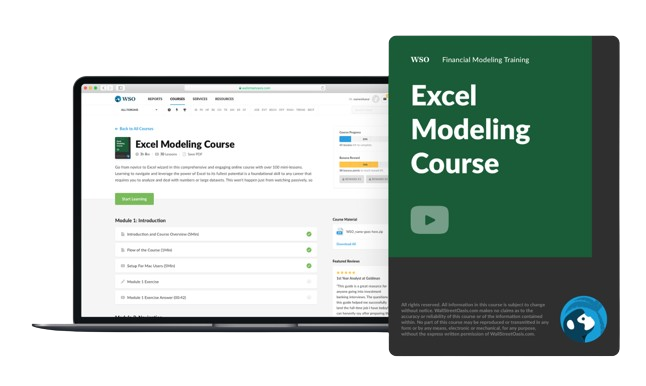Interest Coverage Ratio
What is Interest Coverage Ratio (ICR)?
The interest coverage ratio (sometimes known as EBIT / Interest) is one of the key debt and profitability financial ratios used in assessing the creditworthiness of a corporation both by rating agencies and in debt-financed takeovers.
It shows the ratio of pre-interest (and pre-tax) earnings to the interest charges required on any debt, so it essentially shows the capability of the company to service its debt, and how many times it can do so using its earnings.
The calculation for the interest coverage ratio is
Some rough guidelines for ranges of this ratio and how to interpret them:
- A ratio of less than 1 will require immediate attention. It implies that a company can't service current interest payments, and is in very poor financial health
- An interest coverage ratio of between 1.0 - 1.5 is considered to be unsustainable in the long term and remain an ongoing concern, which could signify financial distress
- Most healthy firms will have an interest coverage ratio of at least 2, but this can vary across industries
Companies with a lower interest coverage ratio might see debt-financing with a higher interest rate to compensate for the risk involved.
The following image shows the average interest coverage ratio by industry sector, according to CSI Markets as of Q3 2021:
| Ranking | Industry Sector | Interest Coverage Ratio |
|---|---|---|
| 1 | Capital Goods | 84.22 |
| 2 | Energy | 30.06 |
| 3 | Consumer Discretionary | 26.06 |
| 4 | Conglomerates | 24.38 |
| 5 | Basic Materials | 22.86 |
| 6 | Consumer Non Cyclical | 22.49 |
| 7 | Retail | 19.55 |
| 8 | Technology | 11.87 |
| 9 | Financial | 8.34 |
| 10 | Utilities | 6.43 |
| 11 | Healthcare | 4.58 |
| 12 | Services | 3.74 |
Source: CSI Markets
It is usually more insightful to look at a company's interest coverage ratio over a period of time rather than one single point in time. For example, looking at the progression of the ratio quarterly over a period of say 3 years would help highlight any seasonality or showcase any concerning trends over time.
One of the main criticisms of this ratio is that by using EBIT, it does not take tax expenses into consideration. Although interest expenses can be deducted for tax purposes, the tax burden can still be quite high and significantly lower the firm's overall ability to service the debt.
The following video provides a great explanation of the Interest Coverage ratio and provides a range of example:
Example of the Interest Coverage Ratio
In 2020, AshCali Inc reported revenues of $5,000,000 and a Cost of Goods Sold (COGS) value of $620,000, with its' operating expenses, including wage, utilities, insurance, rent, and depreciation, totalling $972,000. Their interest expenses were reported at $1,600,000
To solve this question, we must first determine the gross profit (GP), which is calculated using the GP formula (GP = Revenue - COGS).
- Therefore, 5,000,000 - 620,000 = $4,380,000 in GP
Now that we have GP and expenses, we can use the EBIT formula (sometimes called the operating profit formula) to calculate EBIT, which is GP - operating expenses = EBIT.
- Therefore, EBIT = 4,380,000 - 972,000 = $3,408,000
Now that we have calculated EBIT and have the interest expense value, we can now calculate the interest coverage ratio, which is
- Interest Coverage = 3,408,000 / 1,600,000 = 2.13:1
This indicates that AshCali Inc is in decent financial health, with an ability to cover the interest on its outstanding debt 2.13 times using its' earnings (signifying positive creditworthiness for the organization).
Free Resources
To continue learning and advancing your career, check out these additional helpful WSO resources:




or Want to Sign up with your social account?